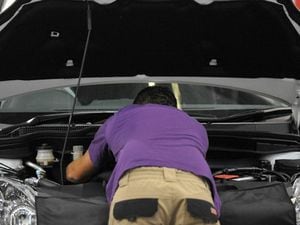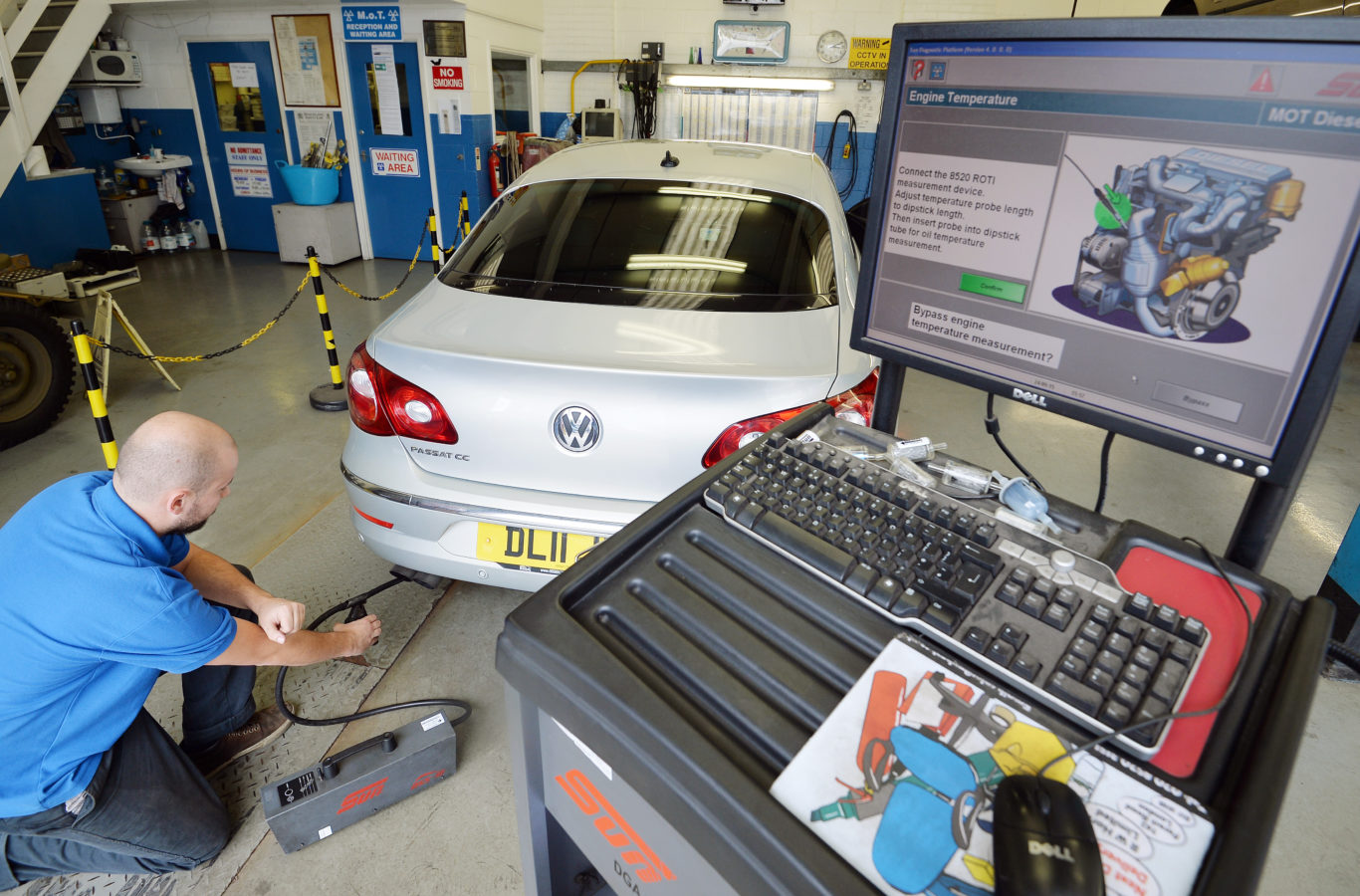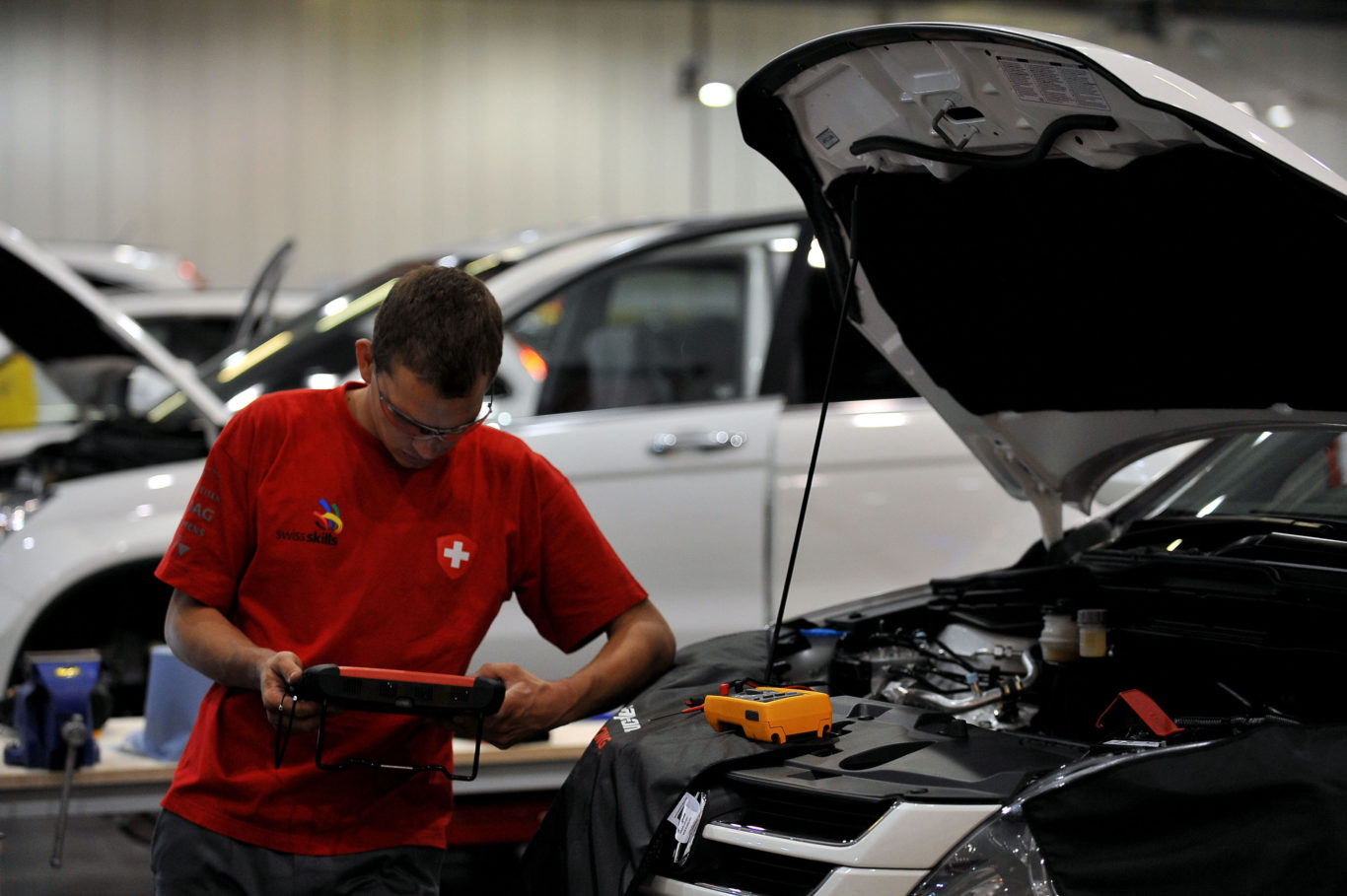MOT test changes 2018: What you need to know
With the MOT test getting a major overhaul in May, Jack Evans takes a look at what’s about to change and what drivers need to know

The MOT test is getting a major revision on May 20, bringing in tougher measures against diesel cars through a variety of new defect categories.
The MOT test – which annually checks a car’s roadworthiness – is changing on May 20 with diesel cars coming under closer scrutiny.
If your diesel emits any smoke whatsoever it’ll immediately fail and testers will put the Diesel Particulate Filter (DPF) under inspection to ensure it hasn’t been removed or tampered with.

It’s already an instant fail if a car no longer has a DPF that was fitted as standard, but from May 20 if the MOT tester finds any evidence of tampering with a filter, then that will mean a fail as well.
Testers will thoroughly check the housing to ensure the internals are all still present and correct, as the current visual check can’t tell if the functional element inside the filter casing has been destroyed. Owners will also have to provide proof that any tampering with the DPF is legitimate, such as being taken out for cleaning or regeneration.

Anything resulting in a dangerous or major classification will mean an immediate fail.
For example, a minor issue would be a problem such as oil leaking from the steering. However, this would escalate to a major if the leak was so bad as to be dripping.
AdBlue systems will be inspected as part of new checks for emissions control equipment while any leaks that pose a risk to the environment will be frowned upon.
Cars first used after March 2018 will also have their daytime running lights and front fog lights inspected.
New checks on prop shafts, rear drive shafts, the security and condition of bumpers, reversing lights, and closer inspection of the brakes than previously, will also come in.

A spokesman said: “The new system creates the potential for confusion as testers will have to make a judgement as to whether faults are dangerous, major or minor.
“This will surely be open to interpretation which may lead to greater inconsistency from one test centre to another.
“Motorists may also struggle to understand the difference between dangerous and major failures. The current system ensures that any vehicle with a fault that doesn’t meet the MOT requirements is repaired appropriately before being allowed back on the road.”





